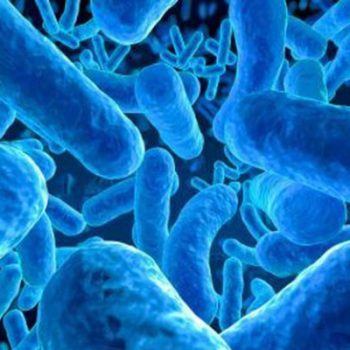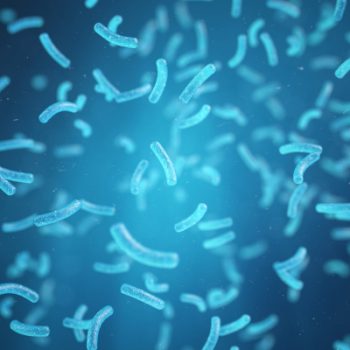CENSUS ® qPCR (quantitative polymerase chain reaction) is a DNA based method to accurately quantify specific microorganisms (e.g. Dehalococcoides, Dehalobacter) and functional genes (e.g., vinyl chloride reductase, anaerobic benzene carboxylase) responsible for biodegradation of contaminants.

CENSUS qPCR ER ADVANTAGES:

ACCURATE
Direct analysis of sample DNA removes the need to grow the bacteria, thus eliminating biases associated with traditional approaches (e.g., plate counts and MPNs).

QUANTITATIVE
Absolute quantification of the concentrations of specific microorganisms and functional genes encoding enzymes responsible for contaminant biodegradation gives site managers a direct line of evidence to evaluate remediation options and monitor remedy performance. Results reported as cells/mL, cells/g, etc.

INFORMATIVE
Is that a low, medium, or high concentration of contaminant degraders? With the MI Database, clients can retrieve percentile rankings of their CENSUS ® qPCR results to answer that question based on the tens of thousands of samples MI has received from sites around the world.

SENSITIVE
Practical Detection Limits (PDL) are as low as 100 cells per sample with a dynamic range over seven orders of magnitude. Low detection limits are particularly important when evaluating whether bioaugmentation is needed or an unnecessary expense.

SPECIFIC
Target specific bacterial groups (e.g., Dehalococcoides, Dehalobacter, Dehalogenimonas) and functional genes (e.g. vinyl chloride reductases, anaerobic benzene carboxylase) responsible for contaminant biodegradation.

COST EFFECTIVE
Fast turnaround time (7-10 days), with rush service available, so you can make decisions and take action quickly. CENSUS® qPCR is inexpensive and ultimately saves money by allowing site managers to make more informed decisions.

FLEXIBLE
Analysis can be performed on almost any type of sample (water, soil, sediments, Bio-Traps®, and others).

CUSTOMIZABLE
Assays are available for quantification of many microorganisms and functional genes responsible for biodegradation of a broad spectrum of contaminants. Custom assays can also be developed to fit your needs.
HOW CENSUS ® qPCR ER WORKS:
Along with contaminant concentrations and geochemical parameters, the concentrations of specific microorganisms and functional genes responsible for contaminant biodegradation is a key component of remedy selection and performance monitoring at sites impacted by chlorinated solvents, petroleum hydrocarbons, and emerging contaminants.
Use CENSUS ® qPCR to help answer…
- How feasible is MNA? Is enhanced bioremediation needed? Is bioaugmentation needed?
- What are the concentrations of contaminant degraders under existing conditions?
- Are degrader concentrations greater in impacted wells than background wells?
- Based on the MI Database, are concentrations of contaminant degraders low, medium, or high in the plume?

- Is enhanced bioremediation effective?
- Did concentrations of contaminant degraders and functional genes increase in response to treatment?
- Are additional types of degraders and functional genes now detected that were previously below detection limits?



